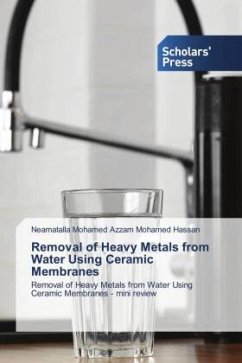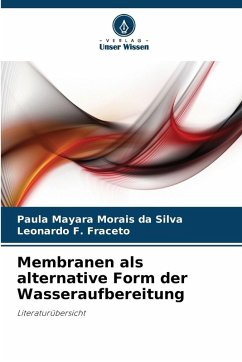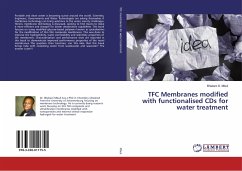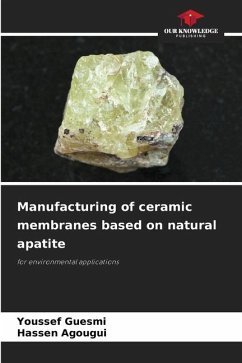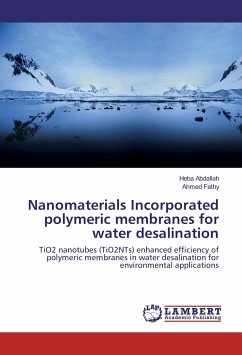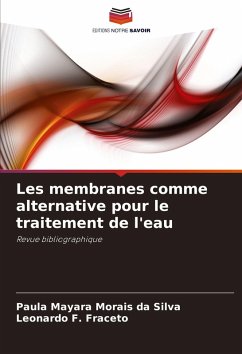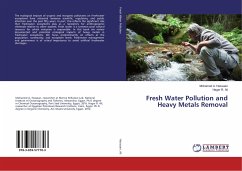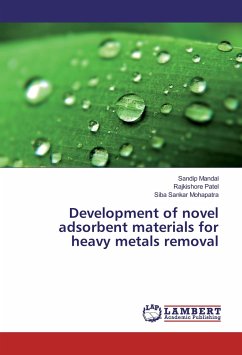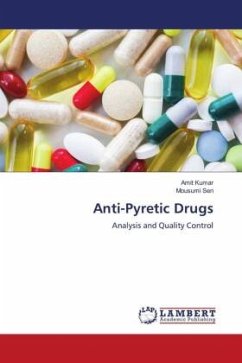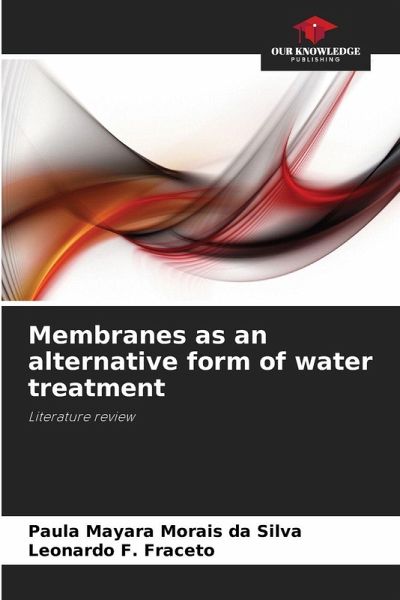
Membranes as an alternative form of water treatment
Literature review
Versandkostenfrei!
Versandfertig in 6-10 Tagen
33,99 €
inkl. MwSt.

PAYBACK Punkte
17 °P sammeln!
This paper aims to discuss pollutants that are not efficiently removed by conventional water treatment and, thus, seek alternative forms of treatment, evaluating their advantages and disadvantages. This is because water is vital for sustaining life on Earth, and depending on its use, a certain quality standard is required, which may vary according to national or local legislation. In addition, certain contaminants can be dangerous to both the environment and human health. Thus, when treatment is not effective, it is necessary to use other forms of treatment. The most conventional method is act...
This paper aims to discuss pollutants that are not efficiently removed by conventional water treatment and, thus, seek alternative forms of treatment, evaluating their advantages and disadvantages. This is because water is vital for sustaining life on Earth, and depending on its use, a certain quality standard is required, which may vary according to national or local legislation. In addition, certain contaminants can be dangerous to both the environment and human health. Thus, when treatment is not effective, it is necessary to use other forms of treatment. The most conventional method is activated carbon, however, its regeneration is low and costly. Thus, membranes emerge as a more effective alternative. Nanofiltration membranes are highly selective and already commercially available, while adsorption membranes, still in the research phase, are low cost, easy to produce, have abundant raw materials, are efficient, and have good regeneration.



